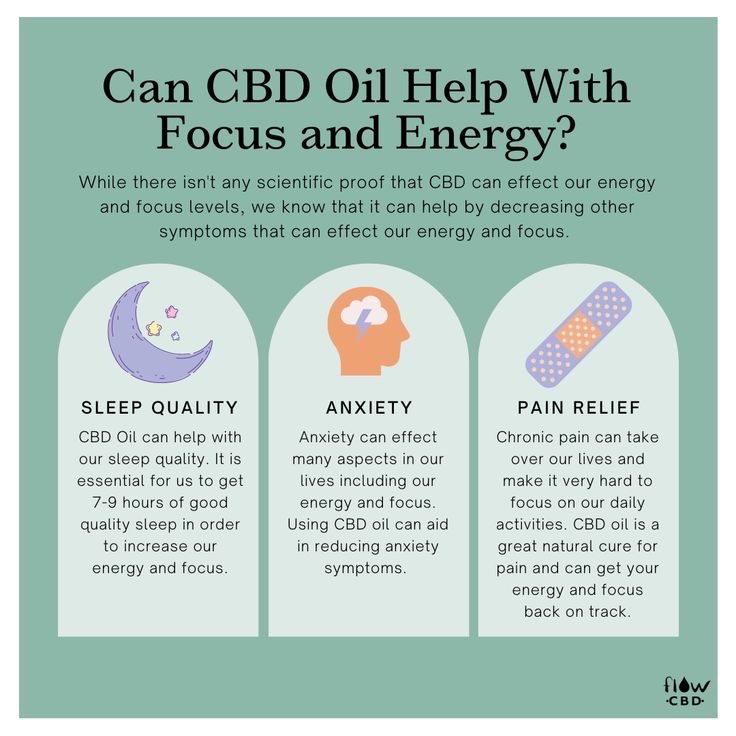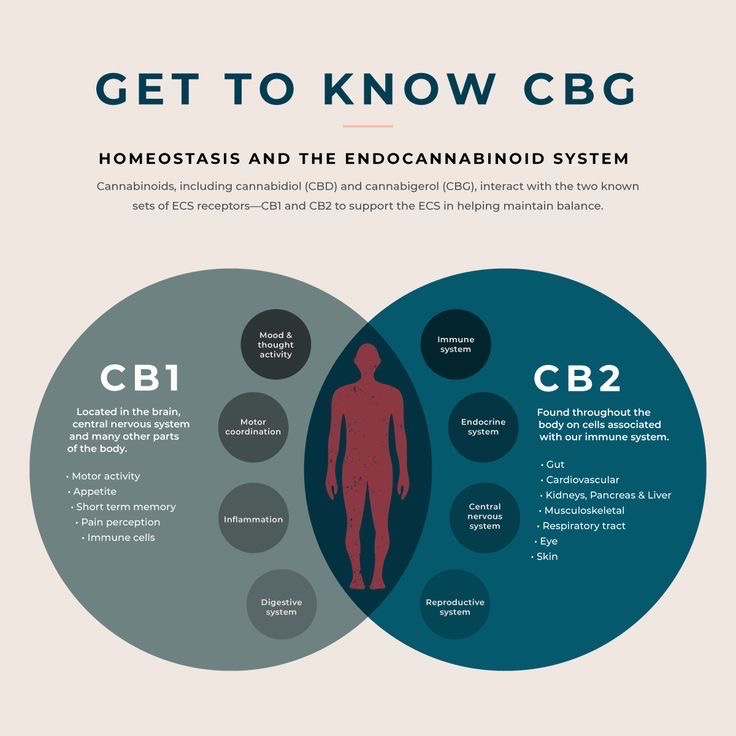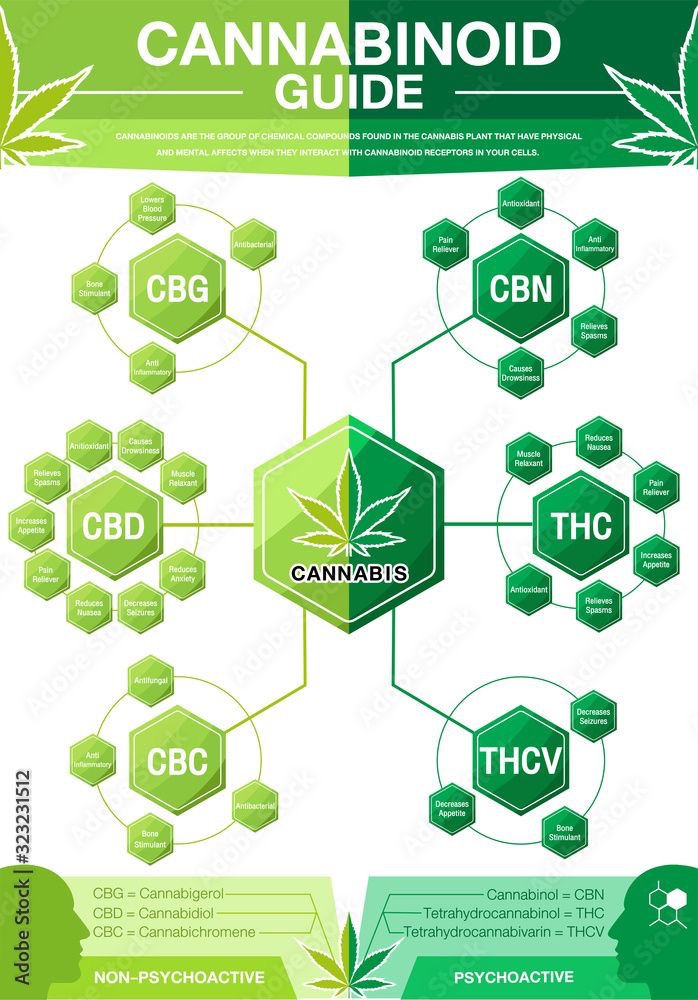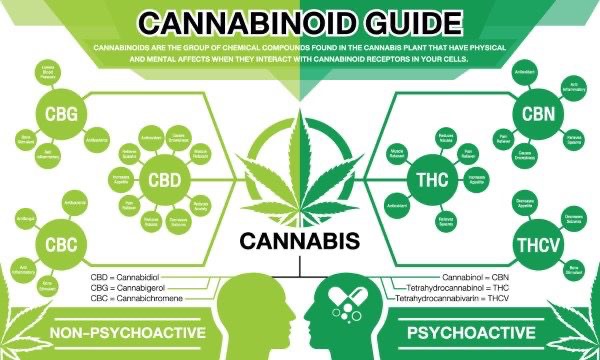

CBG is derived from young cannabis plants, which contain higher amounts of this cannabinoid than plants that are fully developed. Both CBD and THC start as CBGA, an acidic form of CBG. This is why younger cannabis plants contain higher concentrations.
Conversely, in fully developed plants with high concentrations of THC and CBD, you’ll find very low concentrations of CBG. In most plant strains, only 1% of CBG can be found. This happens because most of the CBG has already been converted as the plant developed.

CBD is one of over 100 cannabinoids found in cannabis. It interacts with the body’s endocannabinoid system (ECS), which plays a crucial role in maintaining homeostasis, or balance, within the body. The ECS comprises receptors, enzymes, and endocannabinoids that influence various physiological processes, including pain sensation, mood, appetite, and immune response.


CBG, or cannabigerol, is the precursor to all other cannabinoids, including CBD and THC. As cannabis plants develop, they produce CBGa, which then transforms into various cannabinoids. Most cannabis strains contain 1% or less CBG, making it a rare gem. The key differences between CBG and CBD lie in their molecular structures and how they interact with your body's cannabinoid receptors. Ready to learn more about this intriguing compound? Let's dive in!
Move over, CBD and THC—there's a new cannabinoid in town that's ready to take center stage. Meet CBG, or cannabigerol, the unsung hero of the cannabis world that's finally getting the recognition it deserves.
CBG is often called the "mother of all cannabinoids" because it's the precursor to all the others. As cannabis plants grow, CBGA (the acidic form of CBG) transforms into other cannabinoids like THC, CBD, and CBC. However, most cannabis strains contain only about 1% or less CBG, making it a rare but valuable compound.
So, what sets CBG apart from its more famous relatives? While both CBG and CBD are non-intoxicating (meaning they won't get you high), they differ in their molecular structure and how they interact with your body's cannabinoid receptors.
CBD has become a household name, praised for its potential health benefits and availability. But CBG is quickly gaining attention for its unique effects and promising potential.
Studies show that CBG or Cannabigerol has a vast unrealized medicinal potential like other compounds in the cannabis plant.
Curious about what CBG can do, which strains have the highest CBG content, and where to find the best CBG products? Keep reading to uncover everything you need to know about this intriguing cannabinoid.
